It’s been my experience that many small-business owners don’t expect timely financial reports from their accountant and don’t use them to manage their business. BIG MISTAKE!

Your “Balance Sheet” and “Profit and Loss” statements provide a valuable report card of overall business performance. They reveal strengths and weaknesses, performance trends, break-even points, and other intelligence for decision making and problem-solving.
This historical data is useful to stakeholders, investors, and bankers. However, its greatest value is to help YOU improve your business.
The Systems Thinker Advantage
As a Systems Thinker, you recognize that the numbers on the financial report point to business systems that are responsible for generating those numbers.
You see the cause and effect relationship. The systems are the cause. The reported numbers represent the effect. If a number is disappointing, you can make it better by improving the faulty system at the source.
YOU are in control of your financial outcomes by being in control of your business systems and processes!
Systems are the Solution
Let’s consider a few business problems revealed by looking at a financial report, and the systems or processes that might be causing the undesirable numbers.
Income Statement
Sales revenue is down. Is your lead generation system attracting sufficient customers? Does your sales process successfully convert leads to sales? Does it include cross-sales and up-sales to maximize customer value? Is your pricing system giving you maximum dollars per sale? Is your customer-care system so good that customers keep coming back?
Margins are low. Can you reduce costs? Could your purchasing system be improved to buy materials or products for less? Could your pricing system be tweaked to increase sales or sales margin? Could you improve your production or order-fulfillment systems to have more efficiency and fewer mistakes, returns, and rework? Would an improved hiring, training, or incentive system payoff in greater employee productivity and reduced labor costs?
Balance Sheet
Accounts Receivable is high. Do you have an effective credit approval system? Is your collections system consistent and persistent? Could you change your sales terms to include full or partial payments at the time of purchase, or in ten days?
Cash reserves are low. Cash flow is poor. Is your inventory management system failing to keep the right products in the right quantities? Are you accumulating slow-moving or obsolete merchandise, which ties up much-needed cash? Is a weak collections system leaving cash stranded in a bloated accounts receivable? Are profits dried up from inefficiency, waste, and too many ineffective business systems?
Count on Your Accounting System
Once the trouble has been identified on the financial statement, you have no choice but to bear down and improve the system or process that is responsible. There really is no other way to solve the problem!
Remember: Accounting is your business system to measures the effectiveness of all your other operational systems; each of your core systems and processes should be accountable for a planned result. When they are performing at desired levels, happy numbers will appear on your monthly financial statement. Improved profit and cash flow will follow.
It all starts by developing good business systems and processes!
Next time your accountant provides you with a financial statement, put on your Systems Thinker glasses and peer through the numbers to identify the systems you need to elevate. And never forget that numbers are the language of business improvement!
Related Articles:
Measuring Your Business Processes Pays Big Dividends!
Do You Know Your Key Performance Indicators?

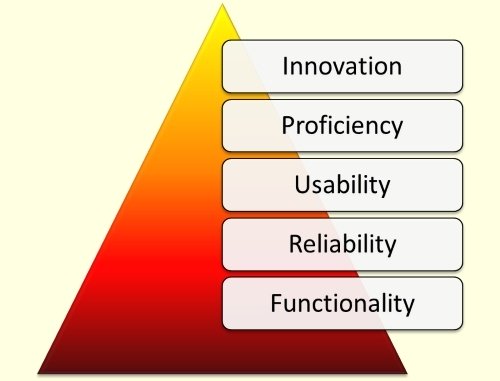
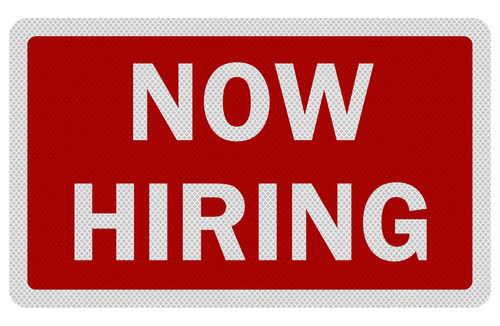
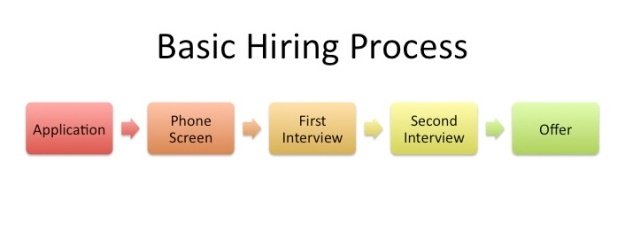
 At dinner time, for example, four servers begin working at 5:15 p.m. They first serve a round of drinks and salads, then soup, the entrée, and finally the dessert. After serving, they bus the dirty dishes back to the kitchen, wipe off tables and chairs, and completely reset tables for the next day’s breakfast. Servers are expected to complete this seven-step task no later than 7:30 p.m. to stay within budget. They are typically about fifteen minutes late.
At dinner time, for example, four servers begin working at 5:15 p.m. They first serve a round of drinks and salads, then soup, the entrée, and finally the dessert. After serving, they bus the dirty dishes back to the kitchen, wipe off tables and chairs, and completely reset tables for the next day’s breakfast. Servers are expected to complete this seven-step task no later than 7:30 p.m. to stay within budget. They are typically about fifteen minutes late.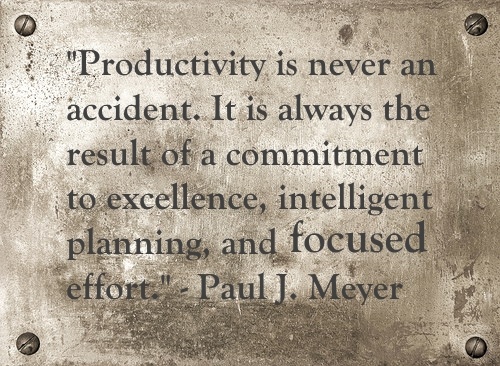
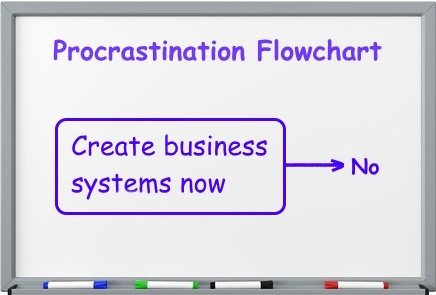
 So how do you achieve this killer customer care? You begin by building your business from the ground up around the specific
So how do you achieve this killer customer care? You begin by building your business from the ground up around the specific 








